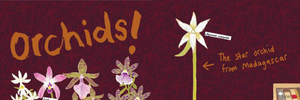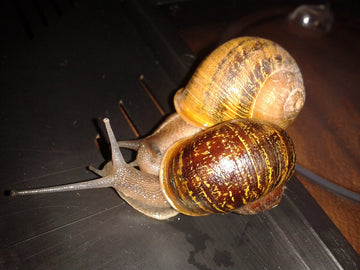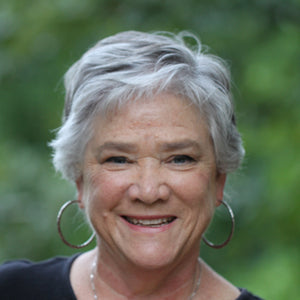How Long Does Science Take?
Book 3, Moments in Science
Sometimes, science takes a long time.
On January 25, 1862, Charles Darwin received a box of orchids. It was the beginning of a long journey toward answers. One of the orchids, the Madagascar star orchid, intrigued him. Darwin knew a lot about orchids and could name most of the orchids in the box. But he had to write to his friend to find out the scientific name of this one. The orchid had an 11” long nectary, the long tube where the plant stored nectar.
Immediately, Darwin wondered how the orchid could be pollinated. He had no idea the answer would take 130 years to fully answer.
MARIE CURIE’S TIMELINE
We know that science can be a matter of hard work, hours of repeating the same experiments. As Carla McClafferty wrote in her biography, Something Out of Nothing: Marie Curie and Radium (p. 40), Marie Curie worked hard to separate out radium and polonium from pitchblende. They discovered that there were two unknown elements. But isolating the elements out of pitchblende took four years.
Here’s a timeline of her work in isolating the element of radium out of pitchblende.
Timeline:
- Uranium rays found in February 1896.
- 1897 Married Pierre Curie and had a baby
- 1898 Decided to study radium rays for her doctorial thesis.
- July 1898 named new element polonium
- December 1898 named new element radium
- 1899 – 1902 It took four years to isolated .1 gram of radium salt; she did eventually isolate a full gram of radium from 7 tons of pitchblende. That’s like isolating 3 raisins from an adult elephant.
- March 28, 1902 Determines atomic weight of radium.
- 1903 Earns doctorate with her thesis
- 1903 Shared the Physics Nobel Prize, which was awarded tor Marie and Pierre Curie and Henri Becquerel
- 1903-1911 She continued the work on radium
- 1911 Marie Curie received the Nobel Prize in Chemistry in 1911.
BIG IDEA: Sometimes science takes a long time.
Darwin predicted that the Madagascar star orchid would be pollinated by a giant moth. 21 years later, in 1903, two etymologists, or insect scientists, published a new book about moths. Baron Rothschild and Karl Jordan described a new species of Madagascar hawk moth (Xanthopan morgani praedicta). It had a very long proboscis (straw-like mouth), long enough to pollinate the star orchid.
However, no one had actually observed the pollination happening.
POLLEN: Darwin’s 130 Year Prediction is the story of the star orchid and the hawk moth and how scientists eventually proved that the moth pollinated the orchid.
It only took them 130 years!
In other words, scientists stand on the shoulders of the giants in science who went before them. It’s important to know the history of science and to learn about the scientific experiments and studies of previous generations of scientists. Each generation builds on the work of the previous as they work to answer questions about the world around us.





